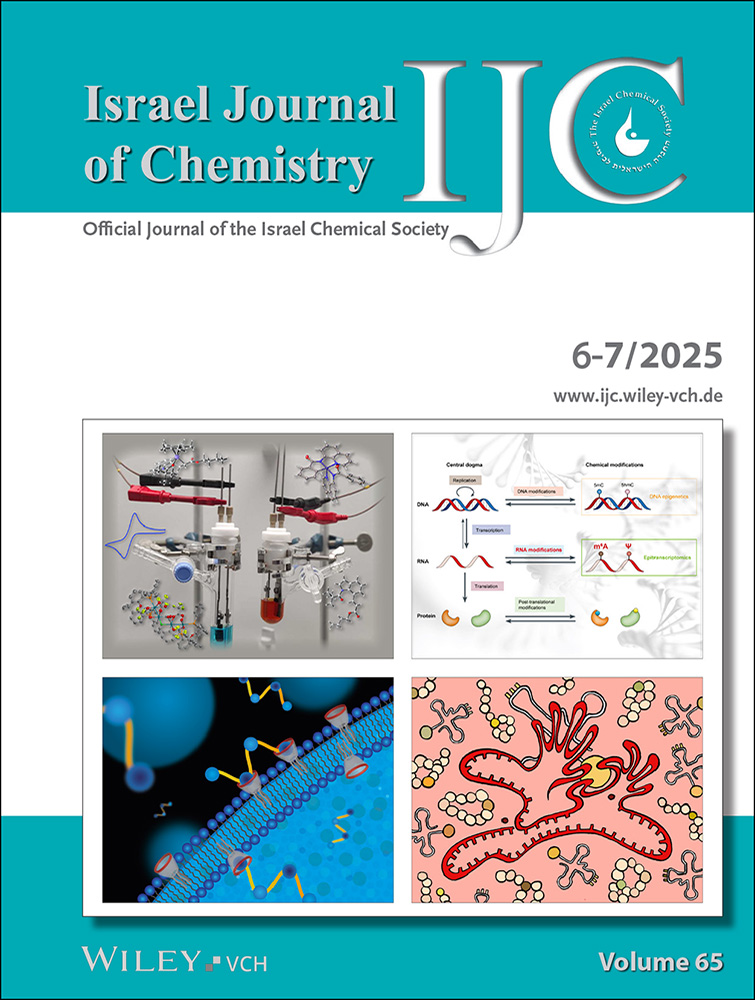Combining Synchronous Transit and Quasi-Newton Methods to Find Transition States
Abstract
A linear synchronous transit or quadratic synchronous transit approach is used to get closer to the quadratic region of the transition state and then quasi-newton or eigenvector following methods are used to complete the optimization. With an empirical estimate of the hessian, these methods converge efficiently for a variety of transition states from a range of starting structures.




